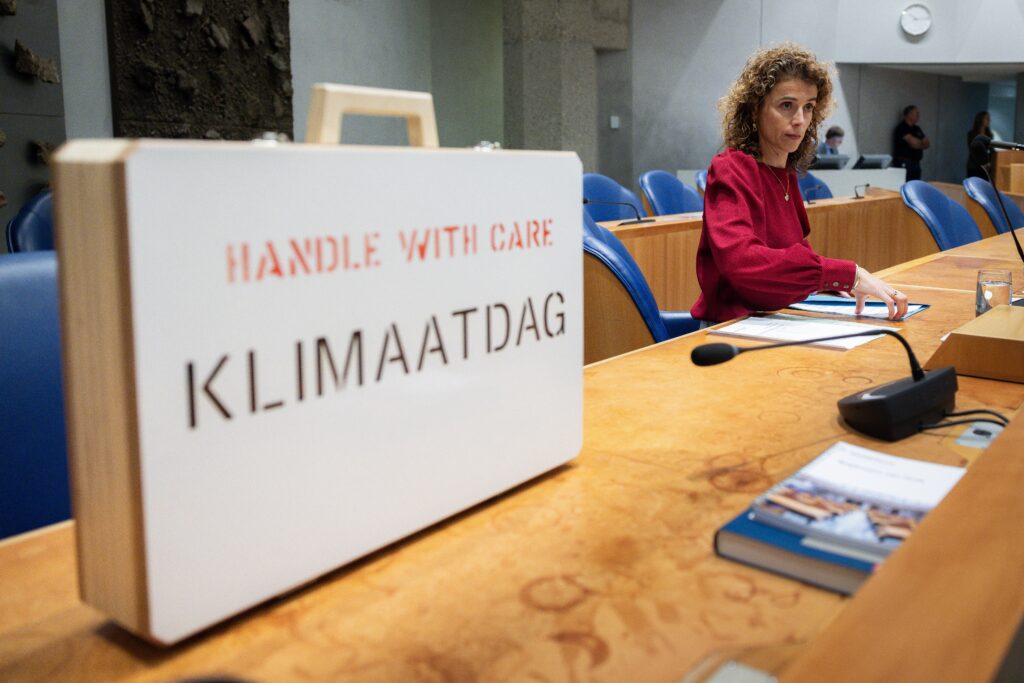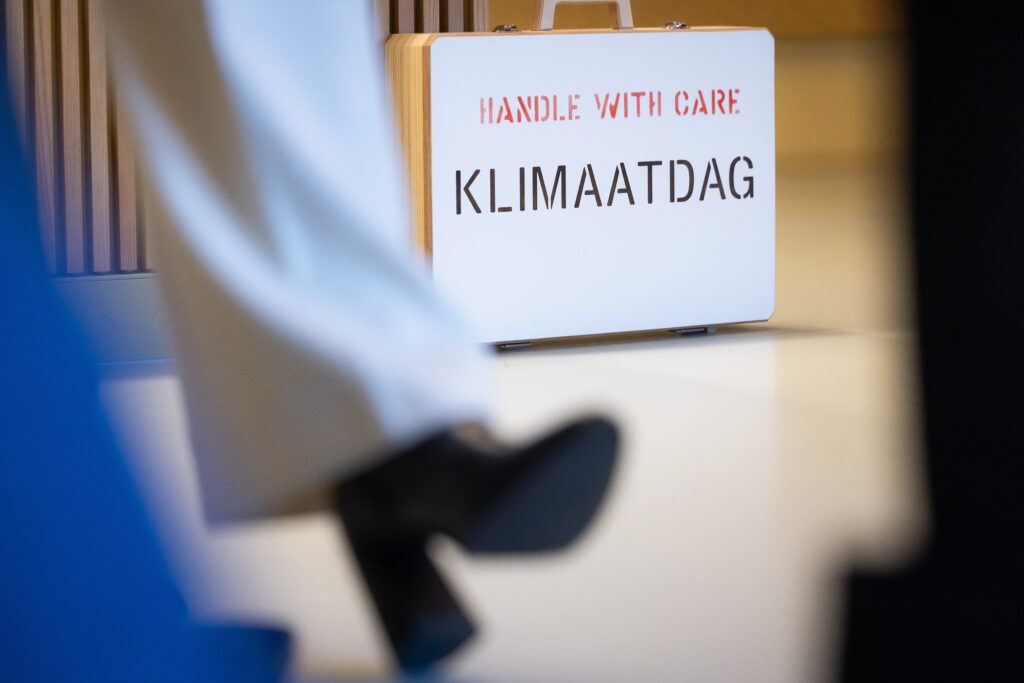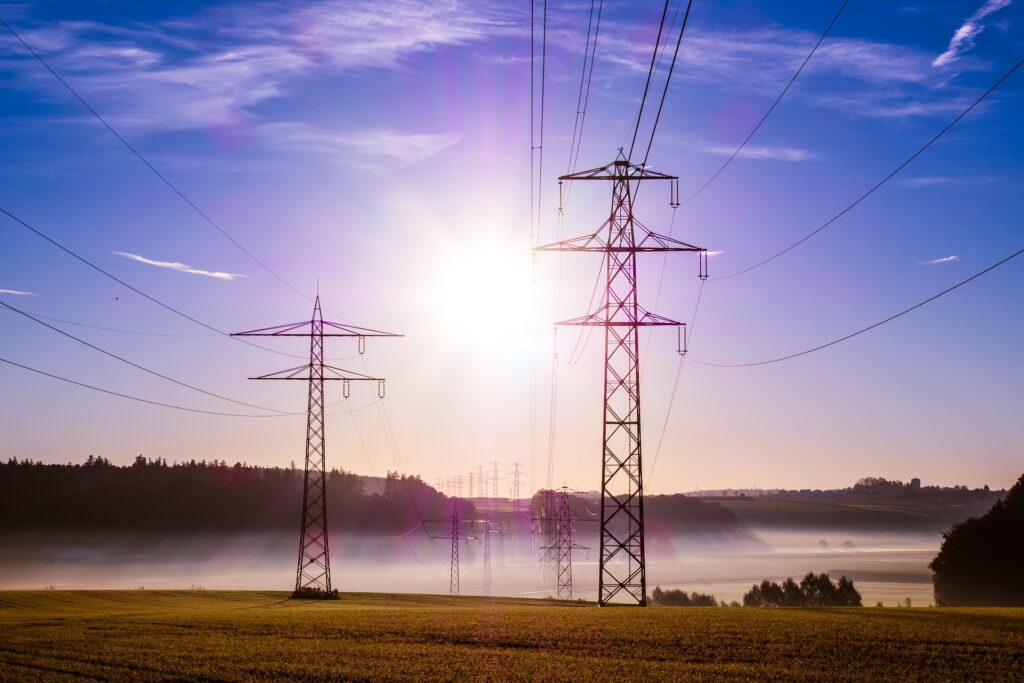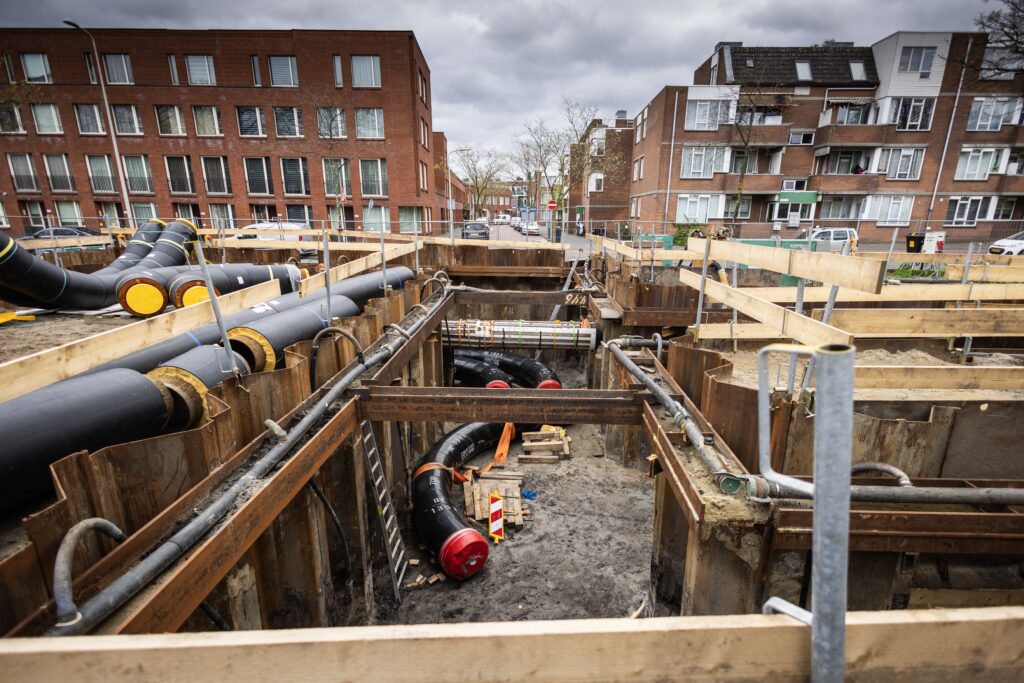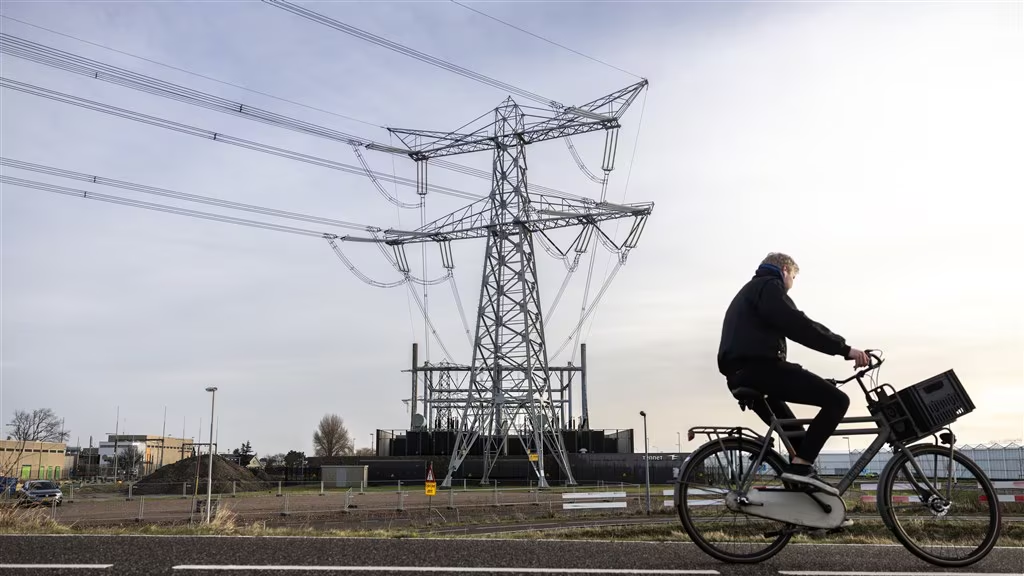Today a technical briefing will take place in Parliament about the heat rates with TNO and ACM. The recent publication by TNO makes it clear that heat rates in the Netherlands are relatively higher than in surrounding countries, but the underlying causes are not known. Energie-Nederland is happy to help create clarity about the differences in heat rates in various European countries.
Possible causes of heat rates in the Netherlands Causes that could play a role in the higher costs in the Netherlands compared to other countries include: the type of heat sources, fuel mix of those sources, type of subsurface, heat demand per household, the size and maturity of the heat market, the gas reference (the Not More Than Different principle) and subsidies, taxes, network tariffs, permit conditions).
ACM’s role: determining rates and supervision The ACM monitors the heat rates and returns achieved by heating companies. The rates have a legal maximum, determined annually by the ACM. Heat companies set their rates below or at that maximum. And the returns must be reasonable. If a heating company makes a more than reasonable return, the ACM can decide to lower maximum rates for the heating company in question in subsequent years. After all, ACM has full insight into the costs incurred. Over 2014-2022, returns averaged approximately 4.5%. In 2021 it was 5.0% and in 2022 it dropped to 2.7%. These are reasonable rates, according to the ACM.


